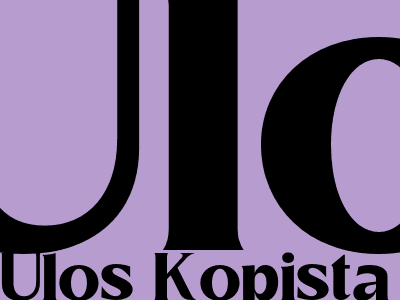
Ulos Kopista: A Cultural Wonder from the Batak People of North Sumatra
A Glimpse into the Ancient Weaving Tradition
Ulos Kopista is an exquisite handwoven textile that holds immense cultural significance for the Batak people of North Sumatra, Indonesia. This traditional fabric has been crafted for centuries, passed down through generations of skilled artisans.
Ulos Kopista is renowned for its elaborate patterns and vibrant colors. The intricate motifs woven into the fabric often depict scenes from Batak mythology, nature, and daily life.
Each piece of Ulos Kopista is unique, expressing the individual creativity of the artisan who made it. The weaving process, which requires immense skill and patience, can take months or even years to complete.
Symbolism and Cultural Significance
Cultural Identity and Social Status
Ulos Kopista serves as a symbol of the Batak people's cultural identity. It is often worn at traditional ceremonies and special occasions to express respect and honor.
The type of Ulos Kopista worn can indicate the wearer's social status within the Batak community. Different patterns and colors are reserved for certain individuals, such as clan leaders, married women, and unmarried girls.
Symbol of Protection and Blessing
Ulos Kopista holds spiritual significance as well. It is believed to possess protective powers and is often used in rituals to ward off evil spirits and bring blessings.
Newborns are often wrapped in Ulos Kopista to symbolize their safe passage into the world and to protect them from harm.
Symbol of Matrilineal Lineage
In the Batak culture, women play a significant role in the preservation and transmission of traditional knowledge and skills, including the weaving of Ulos Kopista.
As a result, this textile is closely associated with the matrilineal lineage of the Batak people and is considered a valuable heirloom passed down from mothers to daughters.
Modern Significance and Preservation
Continued Cultural Practice
Despite the influence of modern textiles, Ulos Kopista remains an important part of Batak culture.
It is still worn at traditional ceremonies and used in rituals, and artisans continue to pass down the traditional weaving techniques to younger generations.
Economic and Tourism
The production and sale of Ulos Kopista contribute to the local economy.
The textile has become a popular souvenir for tourists, showcasing the rich cultural heritage of North Sumatra.
Preservation and Conservation
Efforts are underway to preserve and protect the Ulos Kopista tradition.
Workshops and training programs are organized to support artisans and ensure the continuation of this ancient weaving art.
Conclusion
Ulos Kopista is a testament to the creativity, cultural richness, and resilience of the Batak people.
This exquisite handwoven textile not only reflects the Batak identity but also serves as a symbol of protection, blessing, and matrilineal lineage.
The continued preservation and appreciation of Ulos Kopista is essential for safeguarding the cultural heritage of North Sumatra and ensuring that future generations can experience its enduring beauty and significance.